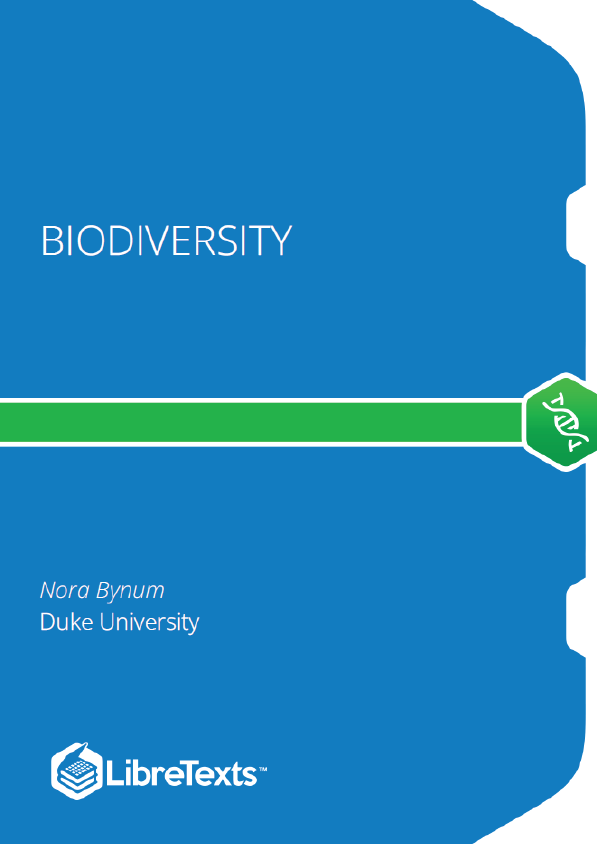Life on earth plays a critical role in regulating the earth’s physical, chemical, and geological properties, from influencing the chemical composition of the atmosphere to modifying climate.
About 3.5 billion years ago, early life forms (principally cyanobacteria) helped create an oxygenated atmosphere through photosynthesis, taking up carbon dioxide from the atmosphere and releasing oxygen (Schopf 1983; Van Valen 1971). Over time, these organisms altered the composition of the atmosphere, increasing oxygen levels, and paved the way for organisms that use oxygen as an energy source (aerobic respiration), forming an atmosphere similar to that existing today.
Carbon cycles on the planet between the land, atmosphere, and oceans through a combination of physical, chemical, geological, and biological processes (IPCC 2001). One key way biodiversity influences the composition of the earth’s atmosphere is through its role in carbon cycling in the oceans, the largest reservoir for carbon on the planet (Gruber and Sarmiento, in press). In turn, the atmospheric composition of carbon influences climate. Phytoplankton (or microscopic marine plants) play a central role in regulating atmospheric chemistry by transforming carbon dioxide into organic matter during photosynthesis. This carbon-laden organic matter settles either directly or indirectly (after it has been consumed) in the deep ocean, where it stays for centuries, or even thousands of years, acting as the major reservoir for carbon on the planet. In addition, carbon also reaches the deep ocean through another biological process — the formation of calcium carbonate, the primary component of the shells in two groups of marine organisms coccolithophorids (a phytoplankton) and foraminifera (a single celled, shelled organism that is abundant in many marine environments). When these organisms die, their shells sink to the bottom or dissolve in the water column. This movement of carbon through the oceans removes excess carbon from the atmosphere and regulates the earth’s climate.
Over the last century, humans have changed the atmosphere’s composition by releasing large amounts of carbon dioxide. This excess carbon dioxide, along with other ‘greenhouse’ gases, is believed to be heating up our atmosphere and changing the world’s climate, leading to ‘global warming’. There has been much debate about how natural processes, such as the cycling of carbon through phytoplankton in the oceans, will respond to these changes. Will phytoplankton productivity increase and thereby absorb the extra carbon from the atmosphere? Recent studies suggest that natural processes may slow the rate of increase of carbon dioxide in the atmosphere, but it is doubtful that either the earth’s oceans or its forests can absorb the entirety of the extra carbon released by human activity (Falkowski et al. 2000).
The energy source that ultimately drives the earth’s climate is the sun. The amount of solar radiation absorbed by the earth depends primarily on the characteristics of the surface. Although the link between solar absorption, thermodynamics, and ultimately climate is very complex, newer studies indicate that vegetation cover and seasonal variation in vegetation cover affects climate on both global and local scales. New generations of atmospheric circulation models are increasingly able to incorporate more complex data related to these parameters (Sellers et al. 1997). Besides regulating the atmosphere’s composition, the extent and distribution of different types of vegetation over the globe modifies climate in three main ways:
- affecting the reflectance of sunlight (radiation balance);
- regulating the release of water vapor (evapotranspiration);
- and changing wind patterns and moisture loss (surface roughness).











